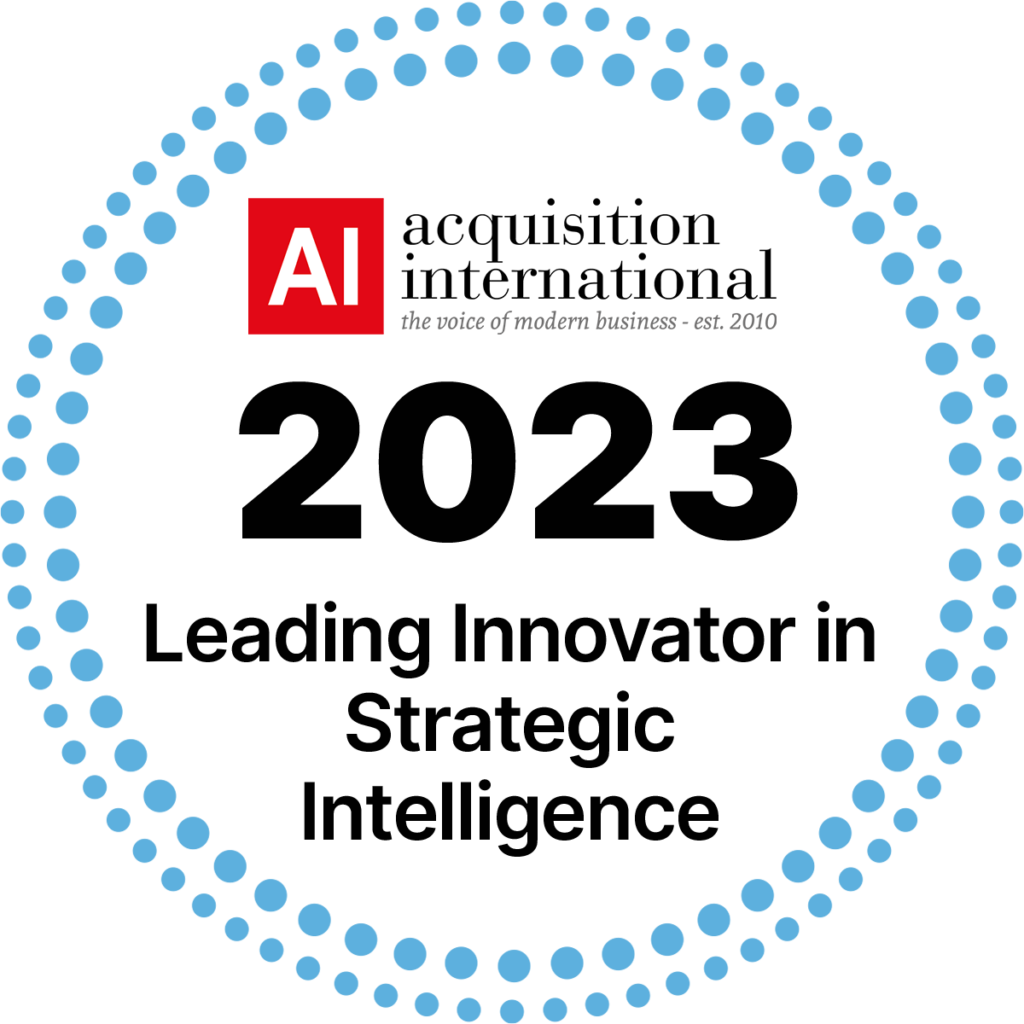Published: November 15, 2016
Systematic Evolution of Data
“Analysis frameworks” are created in order to help a researcher collect, sort, prioritize and interpret a variety of existing data and information about the subject or context that has to be analyzed. The purpose of an analysis framework is to provide a disciplined methodology allowing a systematic evaluation of the data and thus enable the researcher to identify the main data needed to come to a conclusion.
A good analysis framework consists of five elements. These elements work in conjunction with each other to create a dynamic analytic output that business leaders can take to make actionable decisions.
Does your current framework include these elements?
Element 1 – Assembling Fragments
It begins with gathering research from multiple sources, which is necessary in order to find the “nuggets” and recognize the patterns within the research findings. Once these are identified, it is easier to identify the gaps and begin to tell the story.
Element 2 – Resolving Conflict
Then it is important to understand the business dynamics and their relevance to the topic. Seek out conflict between what you know, what you believe, and what you hear. Determine if there is a bias and then communicate the resulting implications.
Element 3 – Finding hidden truths
This is the classic case of reading between the lines. You will need to probe on unanswered questions and look for the question behind the question.
Element 4 – Making a SWAG
Make your best estimate. In order to compile your analysis make sure to base it on calculation, data, and intuition.
Element 5 – Accepting Uncertainty
The hardest part for any analyst is accepting uncertainty since the nature of intelligence is rarely complete. If you wait until you have ALL of the information you will not be able to provide early warning to your internal clients. You need to be willing to stick your neck out and be wrong occasionally. And don’t forget that it is not intelligence if you don’t communicate what a resulting change should be or look ahead to what’s next.














